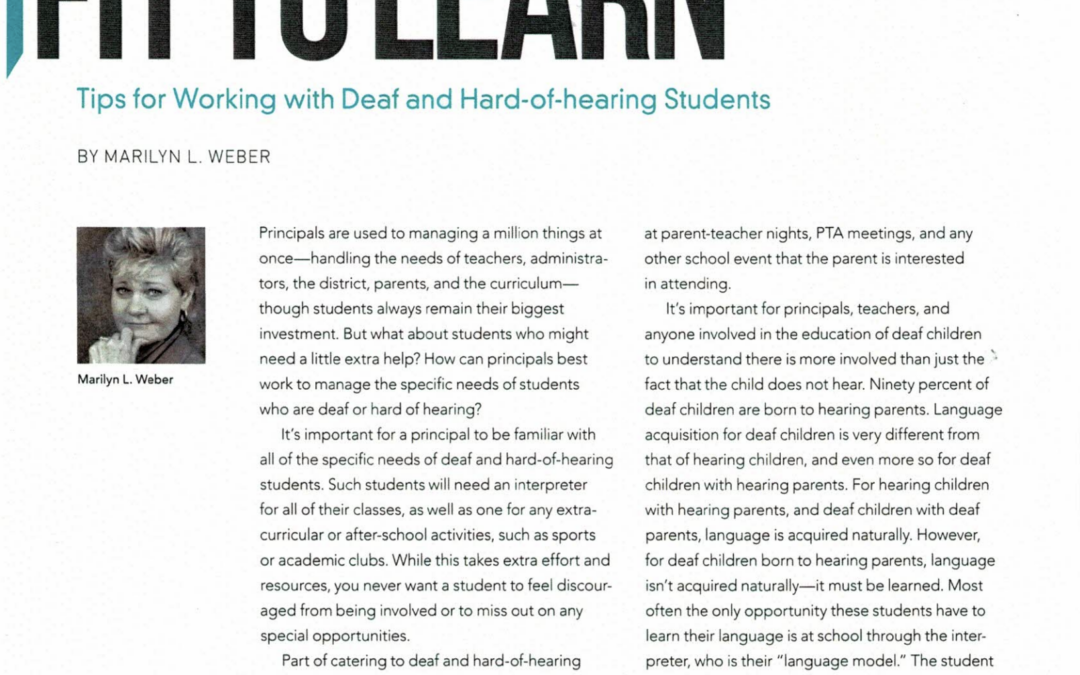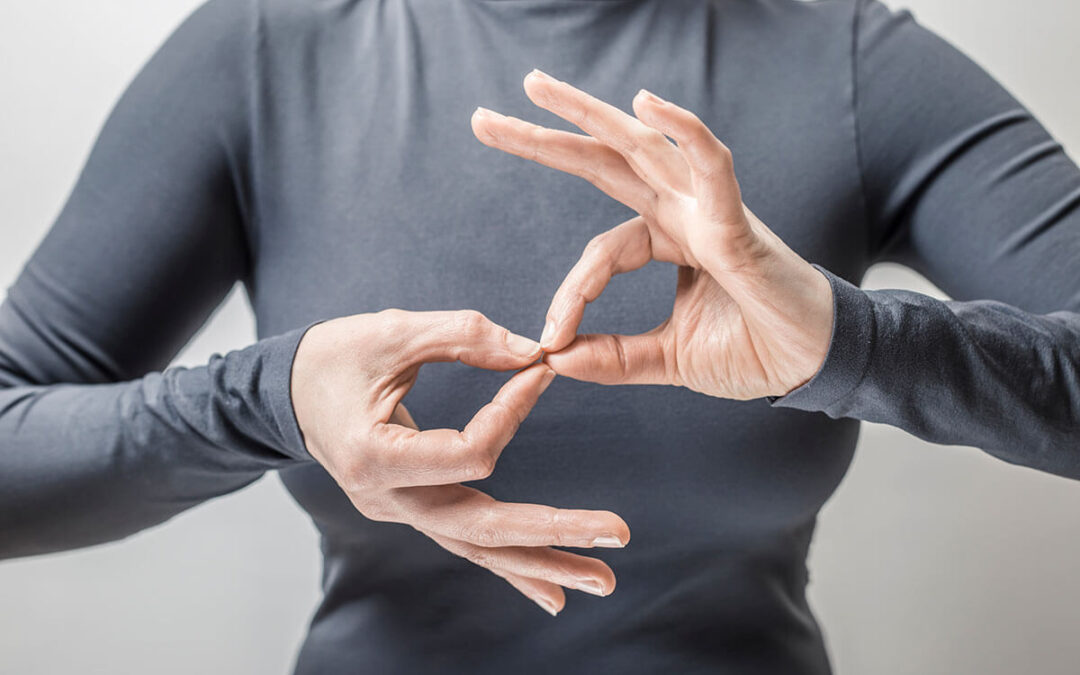A new museum exhibit at Gallaudet University in Washington, D.C., honors 11 deaf volunteers who participated in experiments in the 1950s aimed at preparing early astronauts for the stomach-turning experience of spaceflight. Their hearing loss made them uniquely valuable subjects because they were immune to motion sickness.
Known to history as the “Gallaudet Eleven,” these men—Harold Domich, Robert Greenmun, Barron Gulak, Raymond Harper, Jerald Jordan, Harry Larson, David Myers, Donald Peterson, Raymond Piper, Alvin Steele, and John Zakutney—participated in a joint research project between the U.S. Naval School of Aviation Medicine and NASA. All of the subjects, but one, were deaf as a result of spinal meningitis. The meningitis damaged the vestibular systems of their inner ear in a way that made them “immune” to motion sickness.
In a weightless environment, most astronauts feel nauseous when they arrive in orbit. That’s because the organs of balance in their ears, the vestibular apparatus, are no longer receiving cues from gravity to detect up and down. That produces uncomfortable space sickness of the sort felt by passengers on a boat on rolling seas.
Since the Gallaudet candidates did not experience the adverse effects of motion sickness, that made them the perfect candidates for early spaceflight experiments. It was much easier to initially test the effects of zero gravity on them. They didn’t get sick, they were able to concentrate for long periods of time, and vomit didn’t fly around the simulated spacecraft and damage equipment.
Experiments included “whirling in water-filled tubs, spinning in centrifuges while bolted into body casts, and tipping in contraptions that held their heads steady while cameras snapped ocular photographs,” according to a report from the Smithsonian Air and Space Museum. The museum also reports:
A few of the Gallaudet Eleven performed even more surprising tasks. One, for instance, rode the Empire State Building express elevator up and down continuously for hours to see how it might affect balance. Another had to draw his own blood while spinning in a centrifuge pod. A third wrote his signature over and over as air was removed from the sealed testing room; he received oxygen when his scribbles became illegible. Several rode through a violent storm with 40 knot winds on the icy North Atlantic. It was a tumultuous voyage and, ironically, experiments on board had to be cancelled because the research staff became motion sick. The deaf men were unaffected and played cards.
Scientists examined body orientation and gravitational cues in multiple zero-gravity episodes. Researchers documented counter-rolling of the eyes, or lack thereof, during aerial maneuvers. Photographs tracked eye movements during different rolling and tipping exercises, showing how the brain perceived the horizon.
And beyond studying physiological effects of weightlessness, the researchers paid attention to psychological effects, too. Each of the Gallaudet 11 shared notes and journals of their own sensations and shared perspectives with the research team.
Ultimately, the work provided valuable information about the effects of spaceflight on the human body that made later space flight possible.
“Deaf Difference + Space Survival” is currently on display at Gallaudet University Jordan Student Academic Center, and is open from Monday to Friday, 10:00 am-4:00 pm. The exhibition is a collaboration between Gallaudet University’s students and staff; the University’s museum; and five of the original Gallaudet 11 participants. It features more than 150 photographs, historic footage, documents, several scientific reports, personal letters and filmed interviews.




